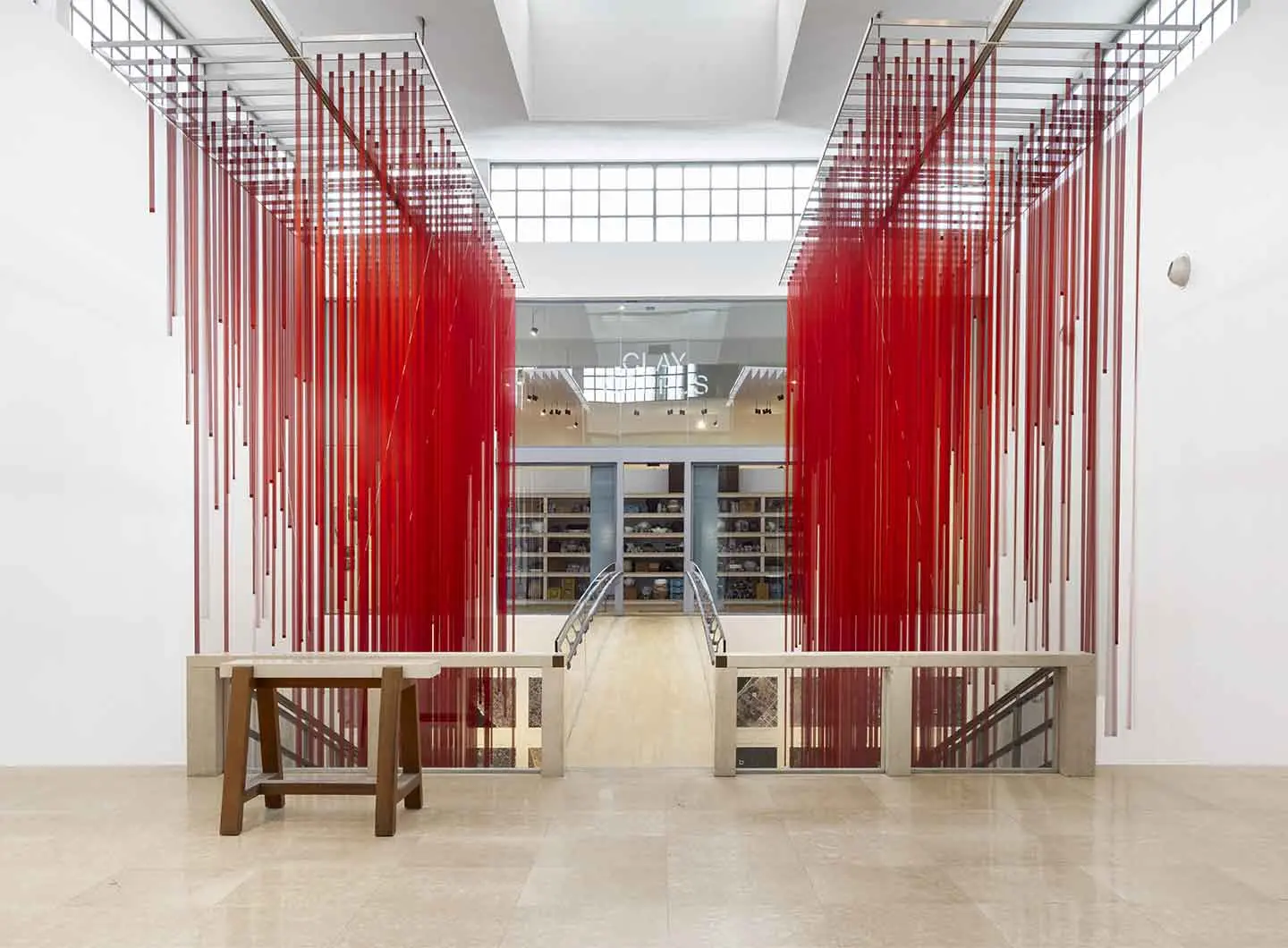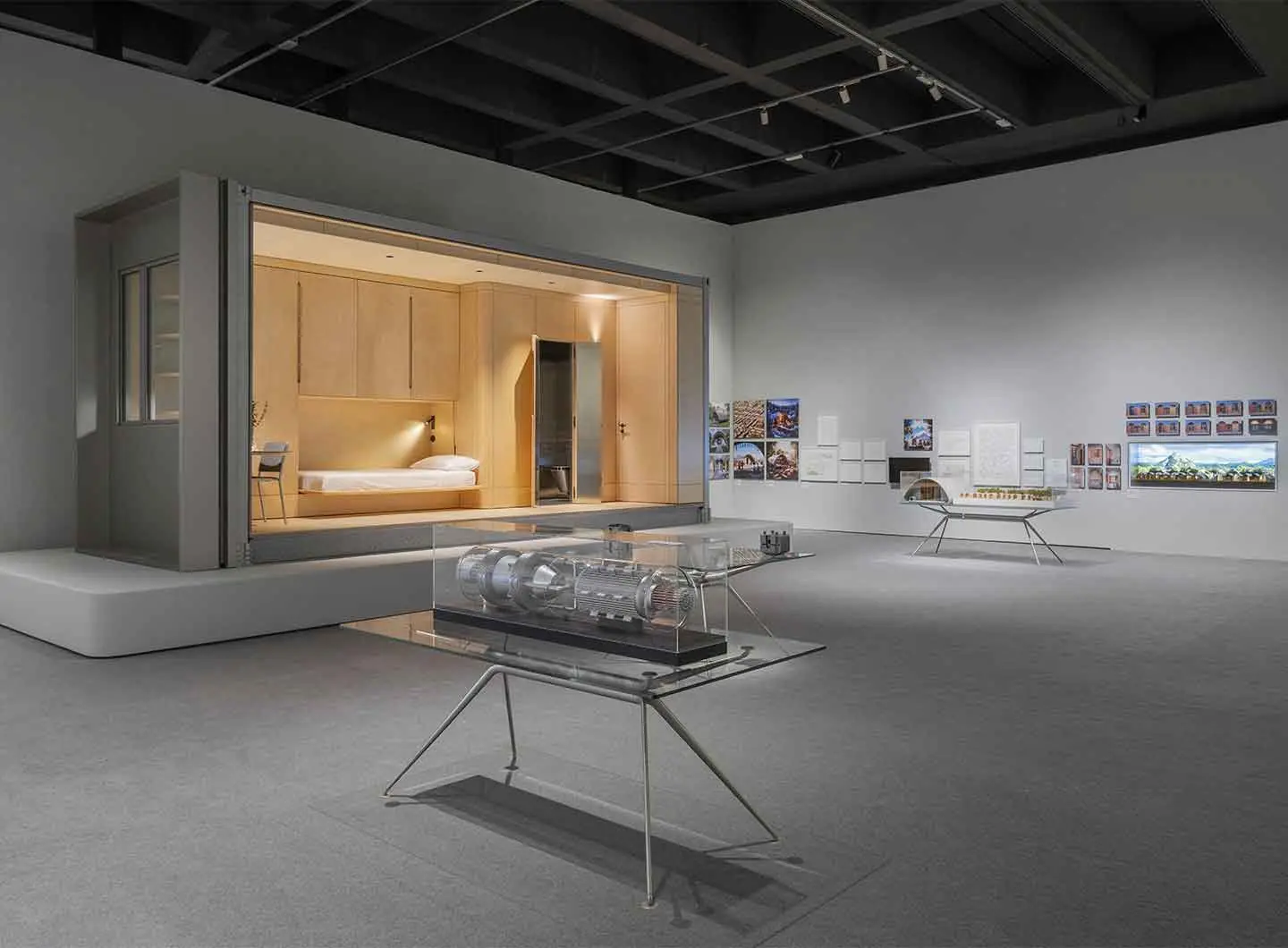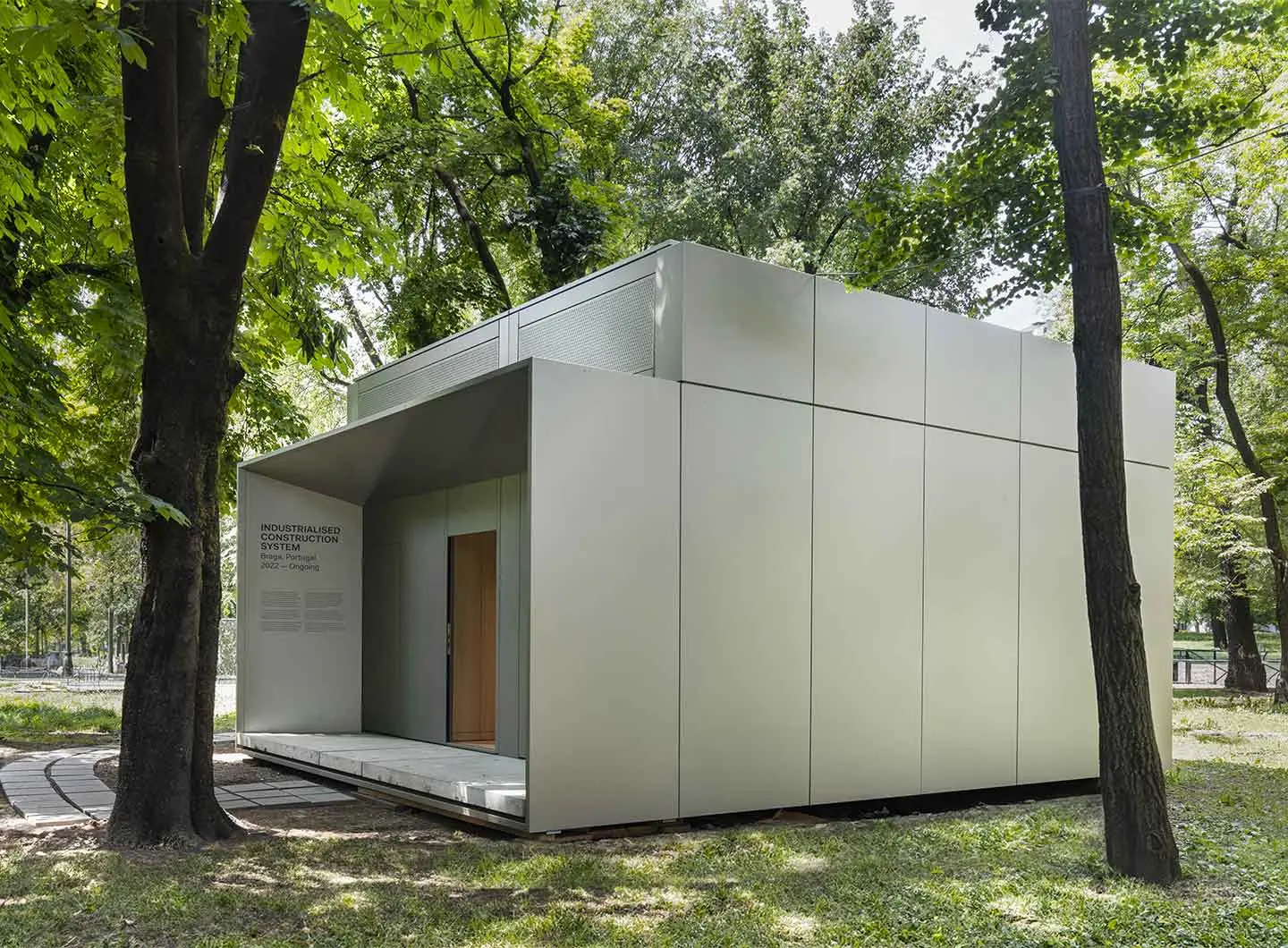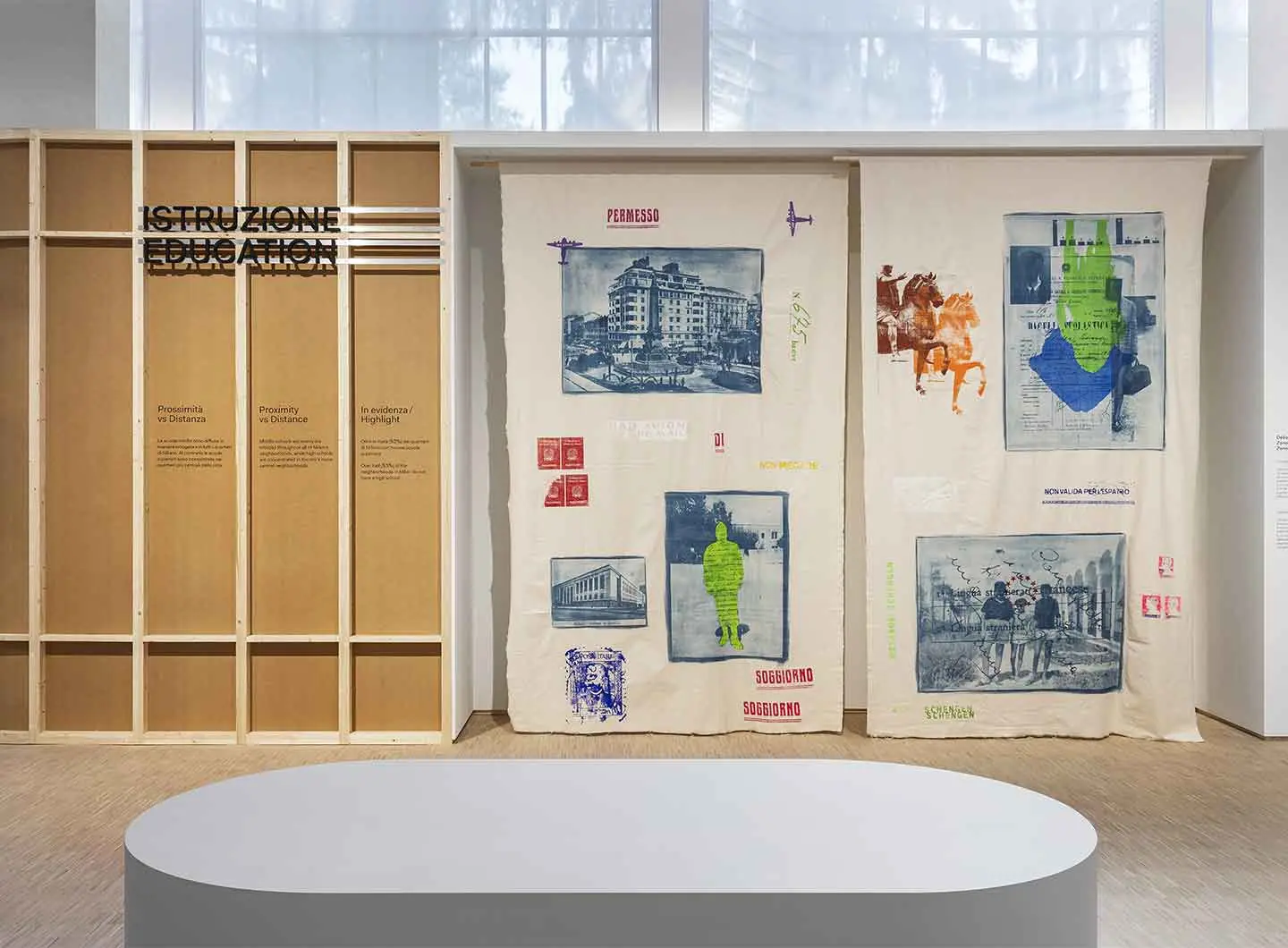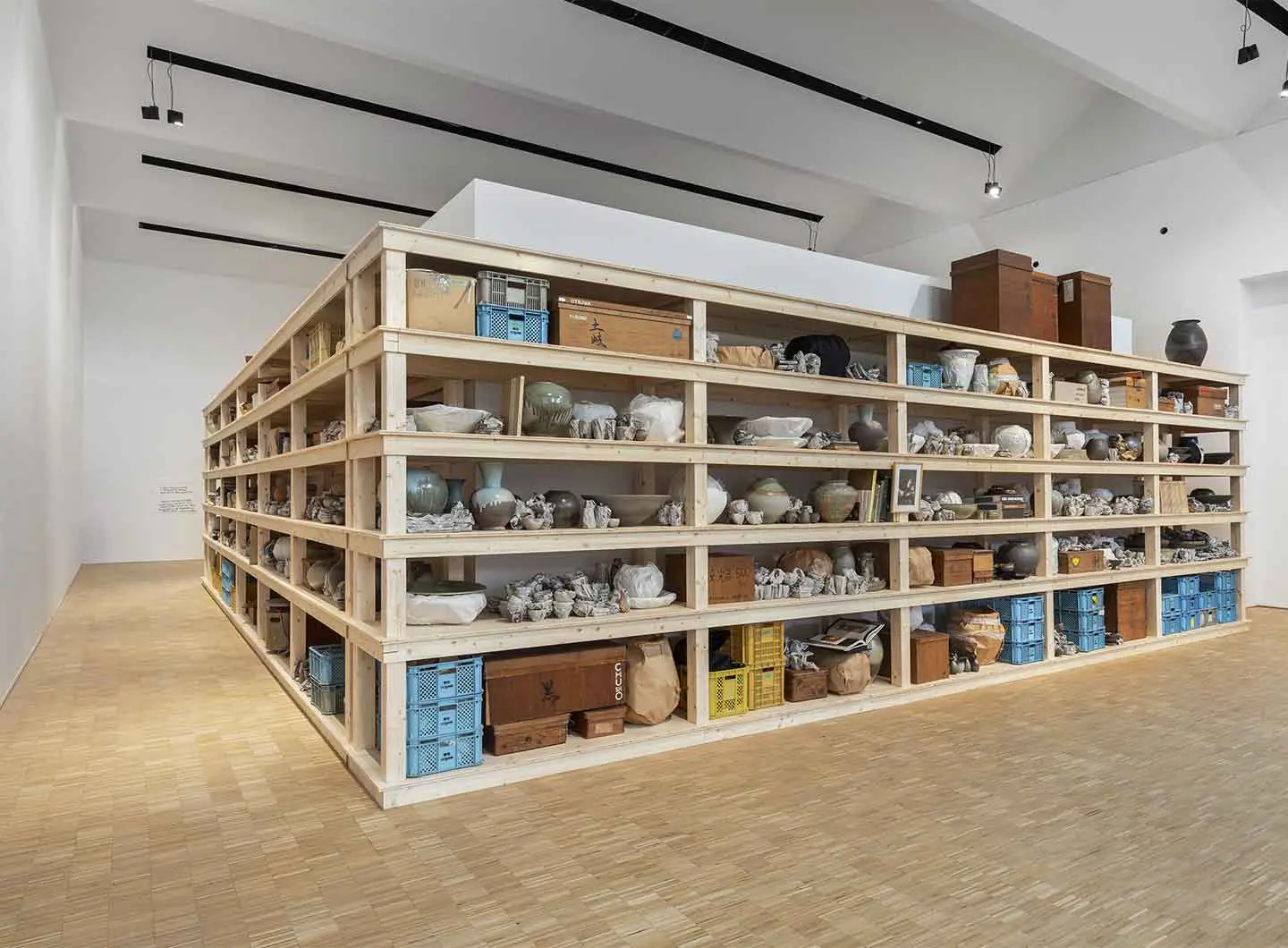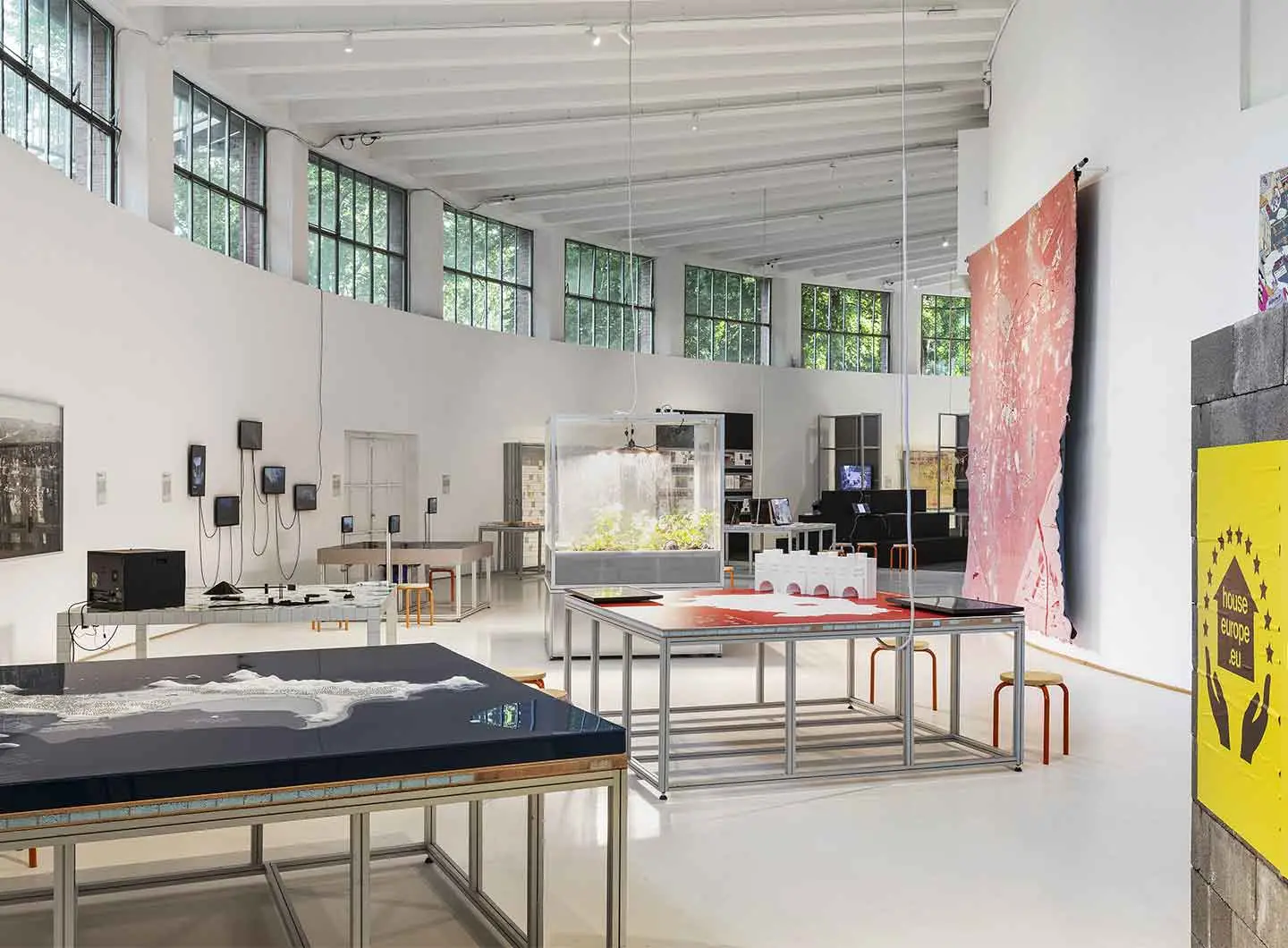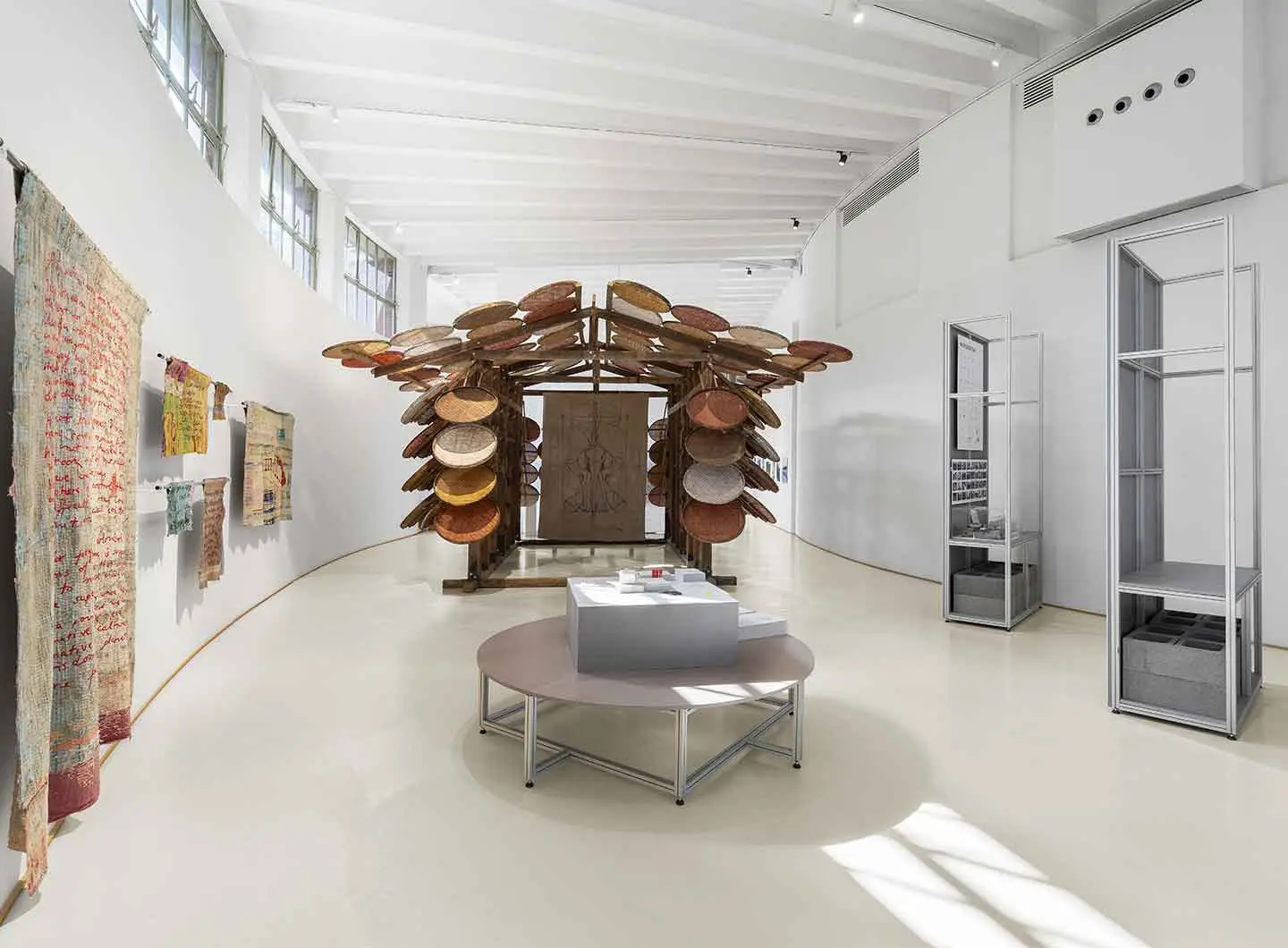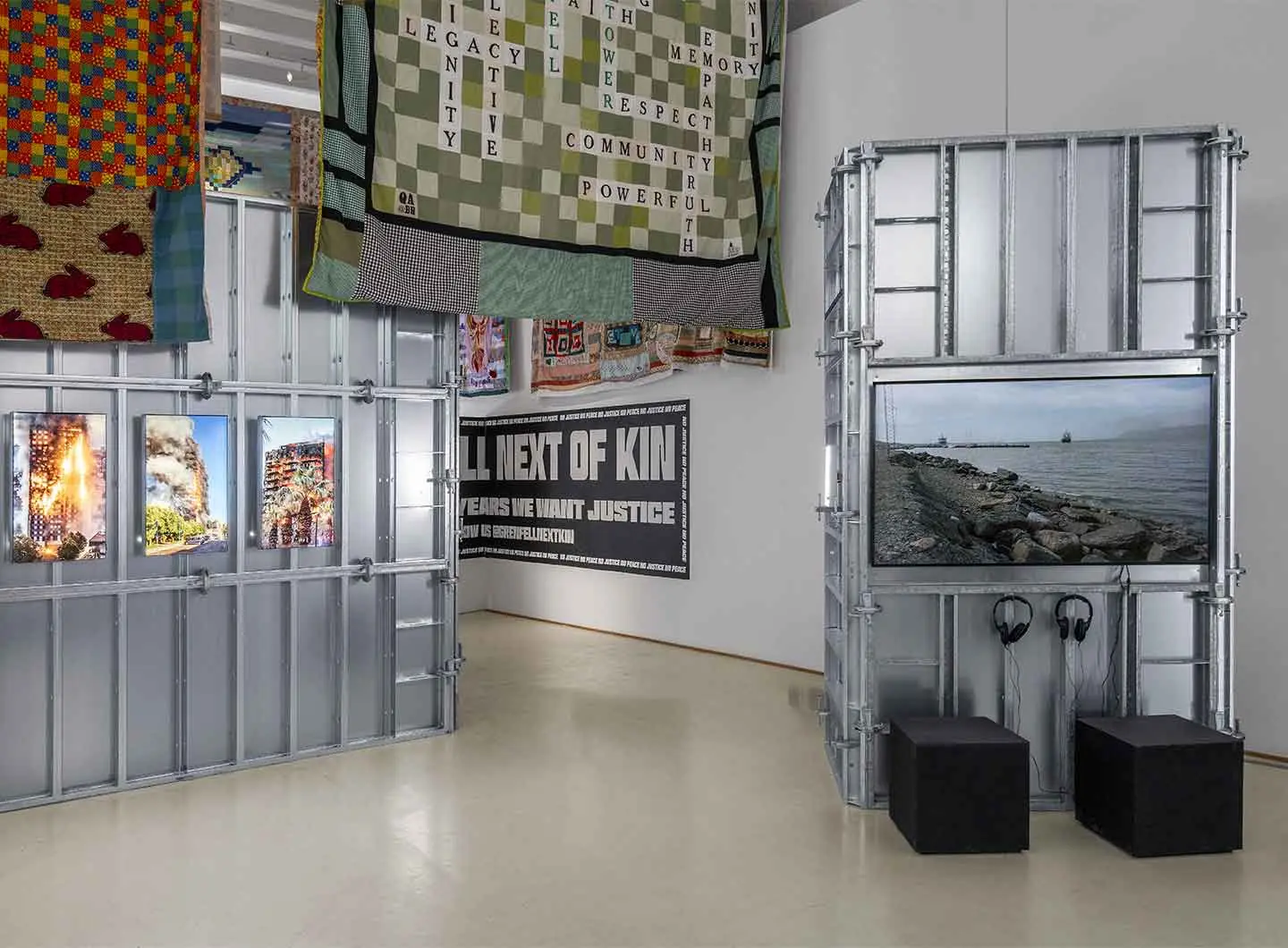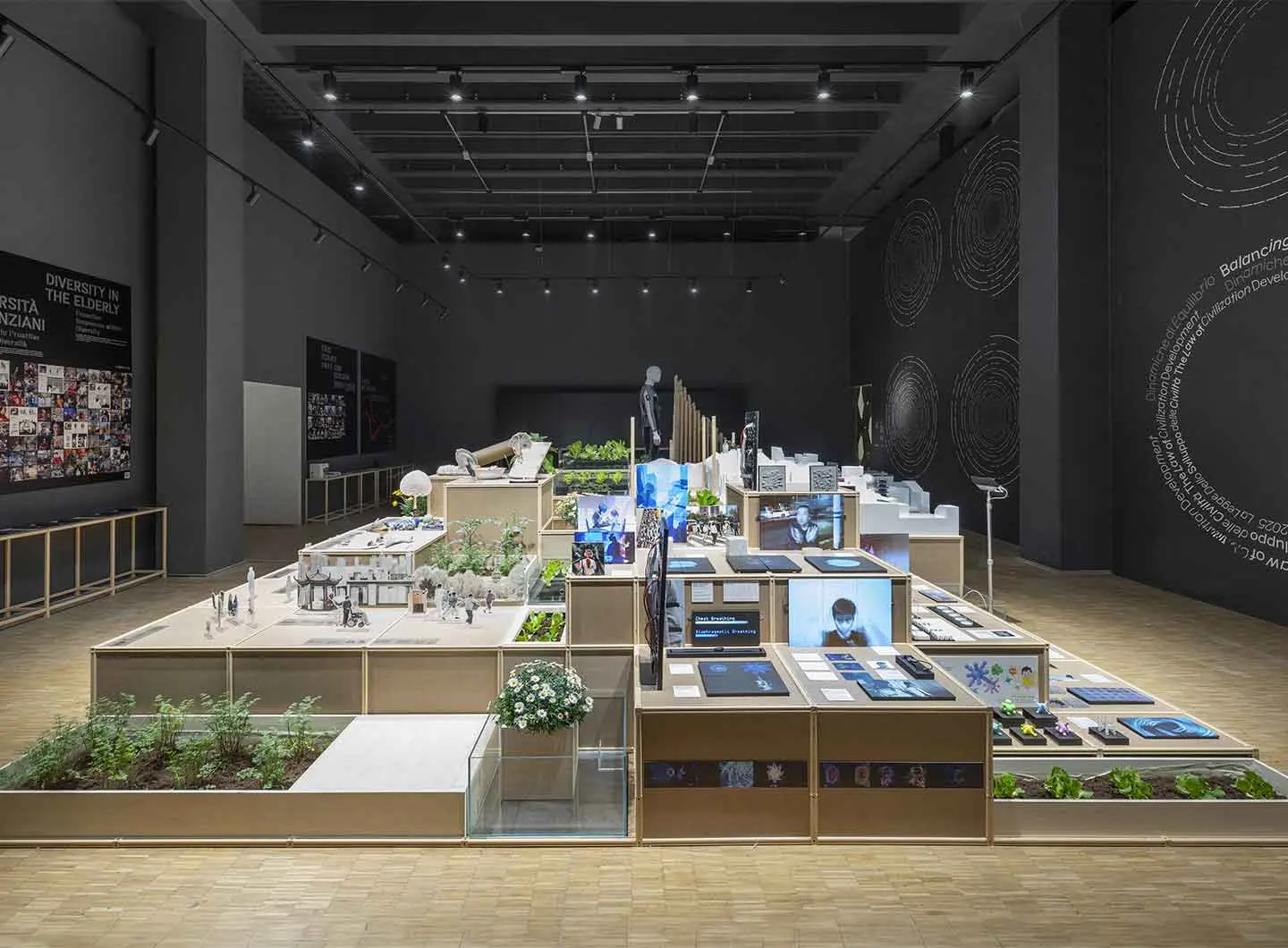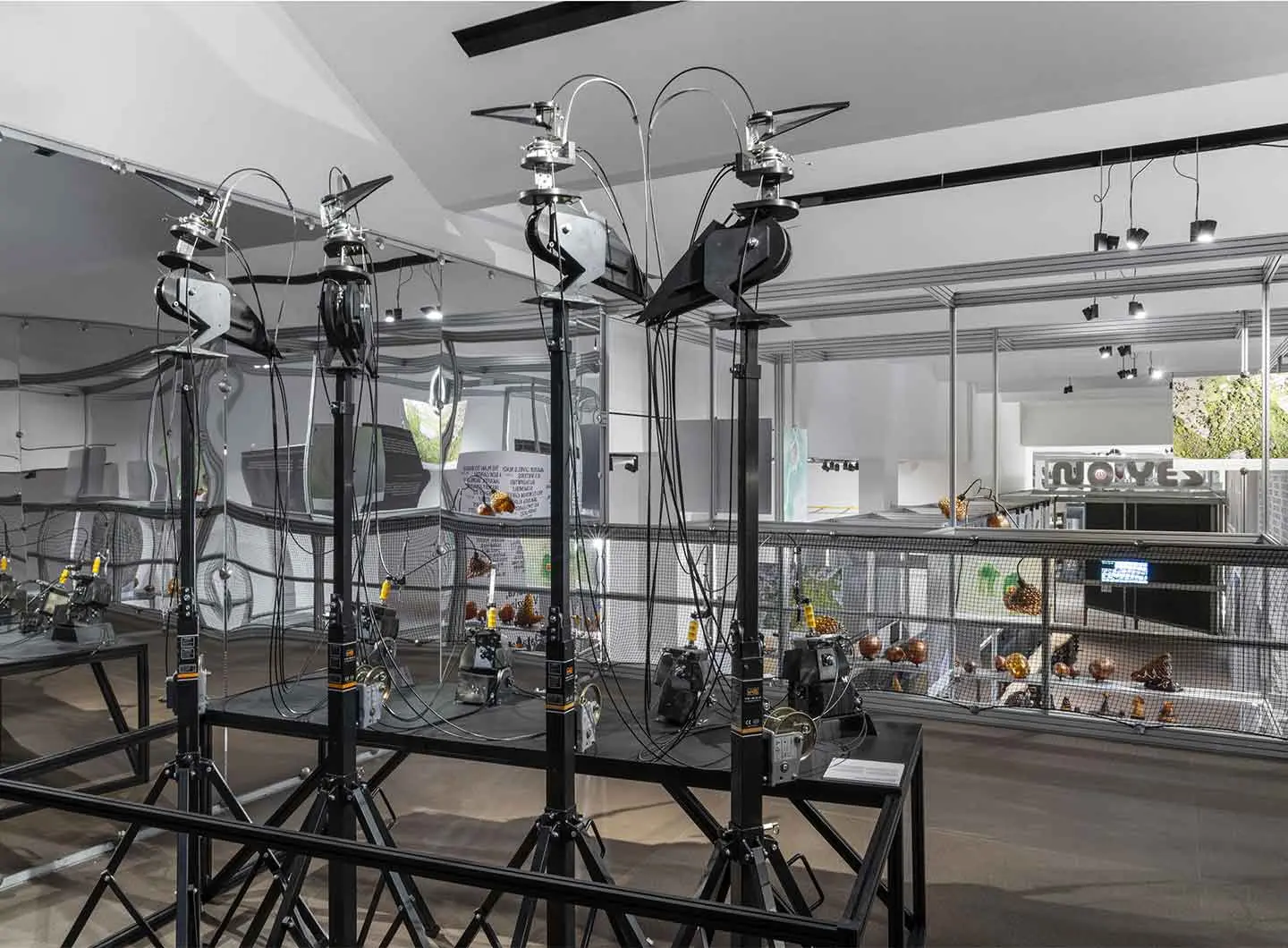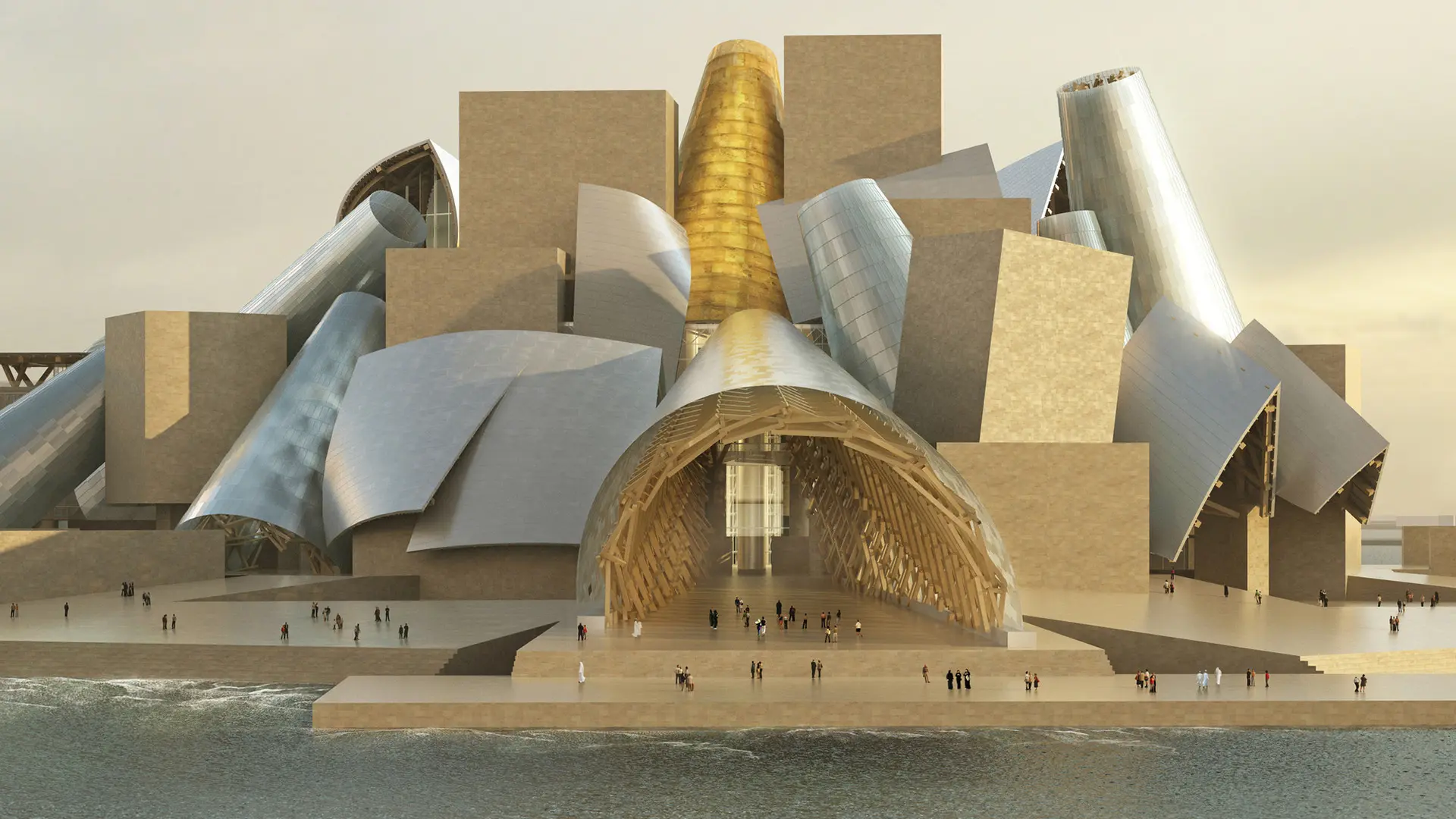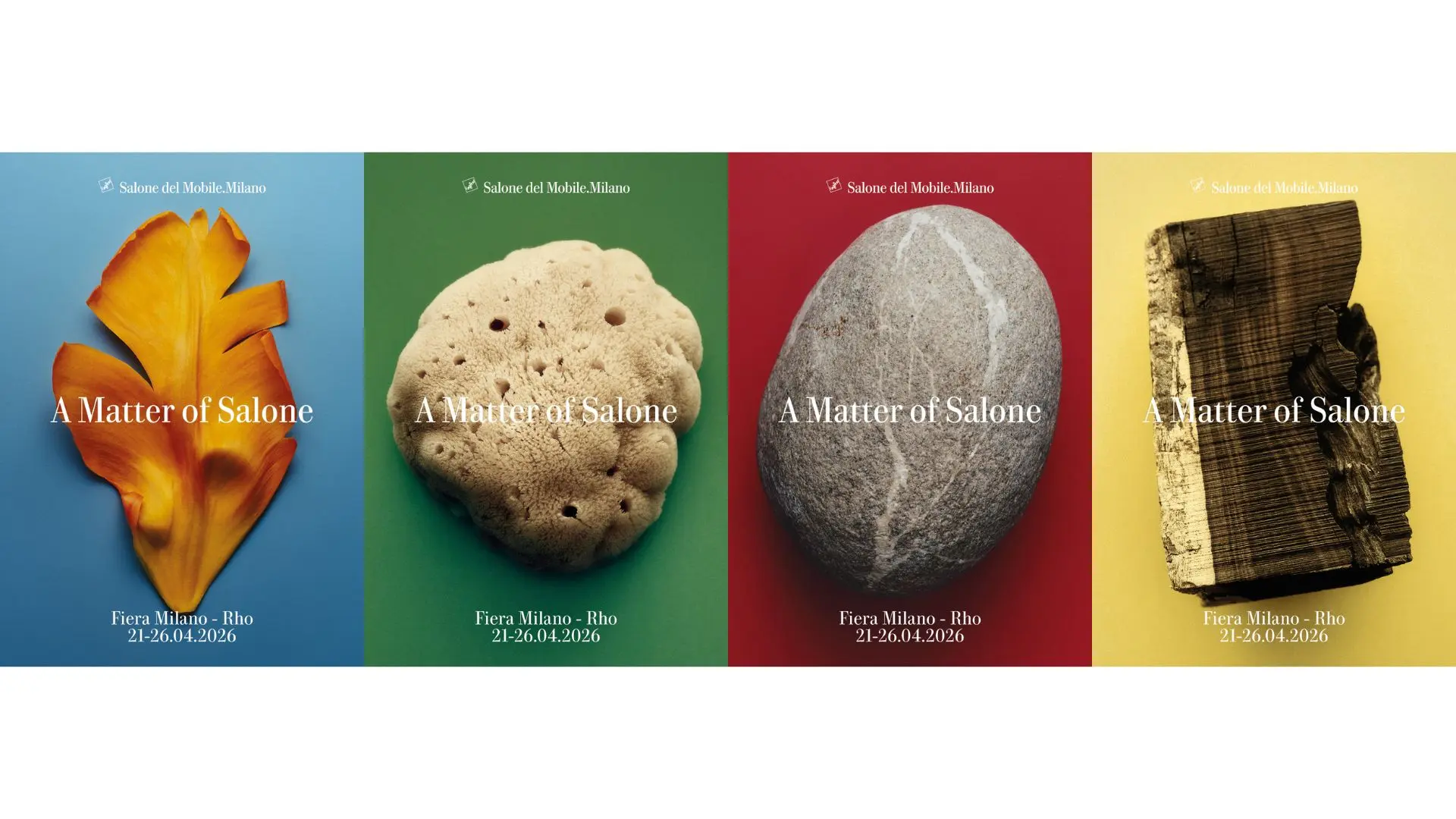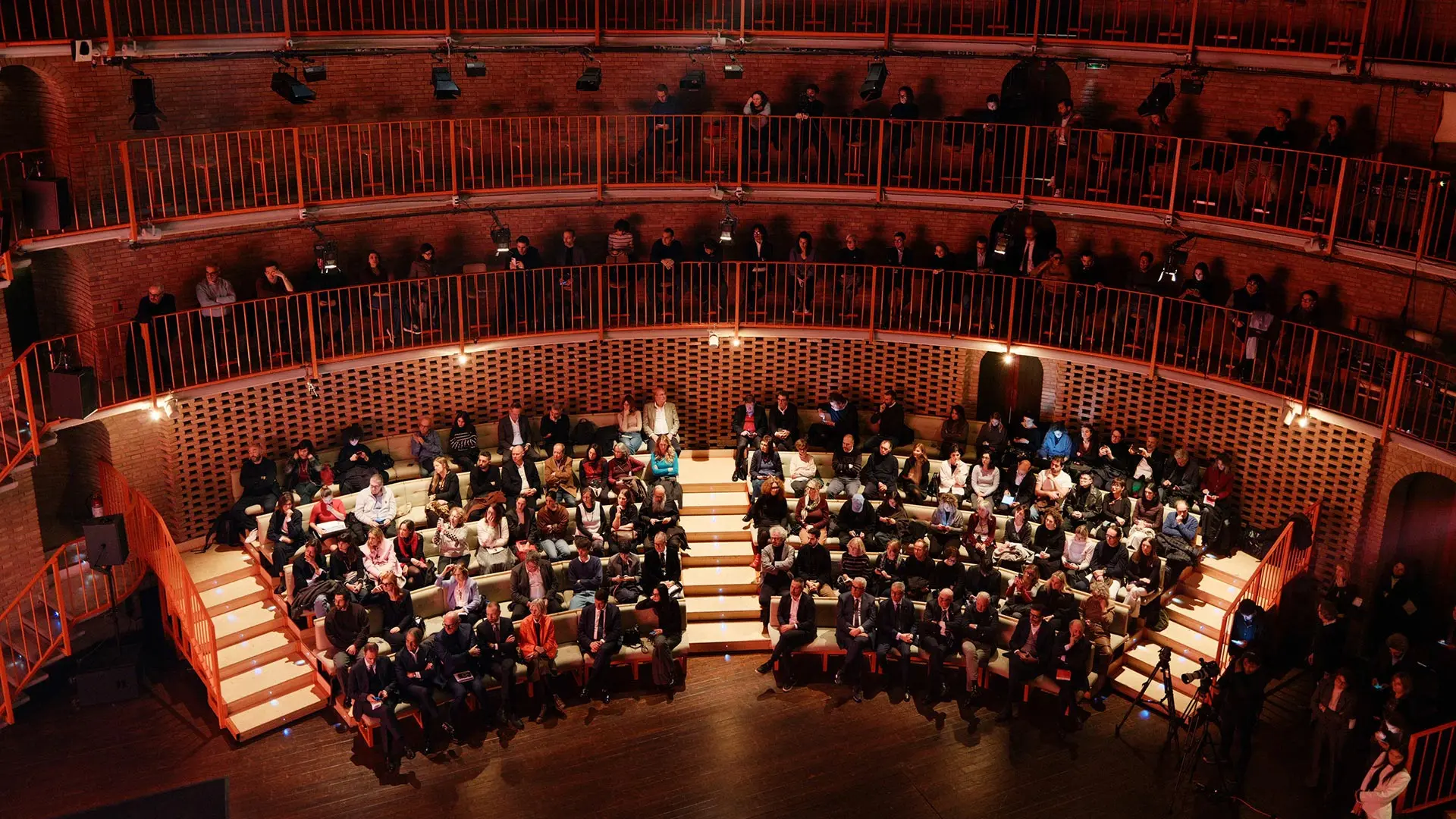From BIG to David Chipperfield, Frank Gehry to Snøhetta: a world tour of the best buildings set to open in 2026
Inequalities, 24th Triennale Milano International Exhibition
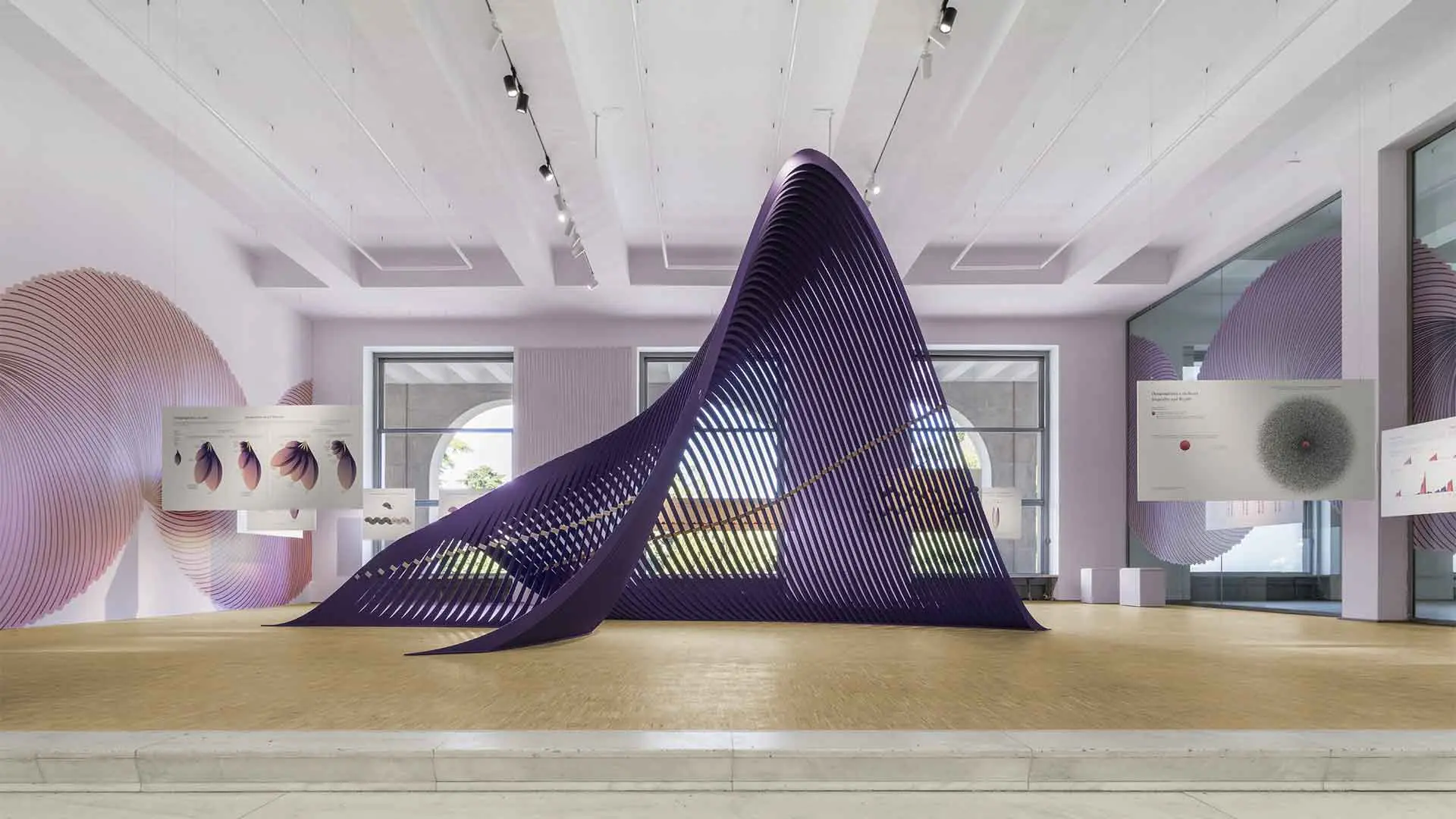
Shapes of Inequalities, Federica Fragapane - Ph. Alessandro Saletta and Agnese Bedini - DSL Studio
From urban geopolitics to the biopolitics of bodies, the 24th Triennale - inaugurated by Nobel Laureate in Economics Michael Spence, amongst others, and open to the public until 9th November - denounces the structural inequalities that mark contemporary lives, offering insights and solutions through the contributions of internationally renowned artists, architects, designers and scholars
Inequality is not an exception: it is a rule and a condition that is repeated, transformed, rooted. It lives in cities, in bodies, in languages, in borders. Some inequalities shout out, others whisper. Some we talk about, some we pass over in silence (or worse, ignore). Some can (and must) be changed, others endure. "For millions around the world, being born into poverty has become an irreversible fate," says Stefano Boeri, without mincing words. And so, Triennale Milano's 24th International Exhibition, Inequalities, is today's most pressing and necessary cultural event because it was conceived precisely to narrate and highlight them. Because only what makes itself visible can be recognised and questioned. Inequalities is designed to be an invitation to break the silence. Not so much because it denounces what we already know, but because it forces us to see it, to feel it, to be part of it. After Broken Nature (2019) and Unknown Unknowns (2022), this last part of the Triennale trilogy investigates the most human, and at the same time inhuman, of issues: that of inequalities rooted in our daily living, in our bodies, in our territories. Therefore we have to listen. We have to take heed. To experience the exhibition almost as if it were a wound. A wound to be healed.
Inequalities is therefore a critical device, a 7,500-square-metre polysemic organism that speaks through the voices of 341 authors from 73 countries, coordinated by 28 curators in 8 exhibitions. They are also joined by Milan's 5 universities, more than 20 international institutions and the Fondazione IRCCS Ca' Granda Ospedale Maggiore Policlinico hospital. It is a human, urban, biological and geopolitical atlas. It is a journey from the concrete of metropolises to the microbiomes of our bodies. In fact, there are two thematic directions: the geopolitics of inequalities, which analyses urban space and its asymmetries, and biopolitics, which focuses on bodies, life expectations, health, mobility and representation.
The city as a place of conflict and possibility
At the heart of the Cities exhibition, curated by Nina Bassoli, lies the constant tension between wounding and possible healing. The city as a battlefield, but also as a laboratory of the possible. Here, the world's cities speak with their own voices: Tel Aviv, as told through Amos Gitai's The Book of Amos, is a cry that resonates in Hebrew and Arabic, while real streets become the scene of and metaphor for conflict. London denounces the Grenfell Tower fire - a total failure of the system and a symbol of a collective failure: the economy that kills, the politics that forgets, the city that abandons. Maurizio Molinari's Atlas of the Changing World rewrites the geographies of poverty and power; while Milan. Paradoxes and Opportunities, a project curated by Seble Woldeghiorghis, Damiano Gullì and Jermay Michael Gabriel, director Black History Months Milano, unmasks internal tensions in Italy's most celebrated metropolis, revealing inequalities that the spotlight often ignores.
But there is no shortage of signs of resistance. Angola is presenting Made in Angola, design born in the Musseques, where poor materials become vehicles of emancipation and beauty. The Guinea-Bissau pavilion handweaves the future with Panu de Pinti, a tapestry of collective hope. In Beirut, And from My Heart I Blow Kisses to the Sea and Houses, a Bee Award winning pavilion, is a whisper of memory that becomes reconstruction. The Norman Foster Foundation's contribution, Toward a More Equitable Future, proposes architecture that is needed now: modular homes for refugees, master plans for the rebirth of Kharkiv, prototypes for sustainable communities. Cities, which occupy only 3 percent of the earth's surface but generate 75 percent of global emissions, are called upon to become active players in overcoming inequality. This is where the battle of the future will be played out. The Politecnico di Milano’s The Space of Inequalities also attempts to come up with proposals: social housing, sustainable mobility, equitable access to data and resources. Design must be ethics in action.
Bodies, care and symbiosis: intimate maps of inequality
The second floor of the Triennale is more intimate. One tiptoes into a universe of invisible resistance. In We the Bacteria. Notes for a Biotic Architecture, our body is narrated as a shared, fragile, fertile territory. The installation invites us to reconsider our identity not as a closed entity, but as a host organism, traversed by an invisible multitude. Each visualisation is a layered narrative of alliances and imbalances, of micro-geographies that reveal just how the loss of microbial biodiversity is a silent and lethal form of inequality. In this context, Two Sides of the Same Coin is a visual narrative that takes us back to our original condition of symbiosis: with bacteria, with the planet, with each other. A Journey into Biodiversity. Eight Forays on Planet Earth is a scientific and poetic exploration of the life forms that populate our planet: fragile ecosystems, endangered species, connections between climates and cultures. Biodiversity as the foundation of all balance: ecological, social, existential. The Republic of Longevity. In Health Equality We Trust triggers an urgent reflection on health as a right and as discrimination. Curated by Marco Sammicheli and Nic Palmarini, the exhibition exposes the paradoxes and promises of the age of longevity: global data, individual experiences, cultural practices and technological devices tell the story of a world aging unequally, showing that only through inclusive policies will it be able to face up to the challenges of the future. Radio Ballads invites us to listen to the voices of those who care, of those who welcome, of those who stitch together the lacerations of living every day. Like a song with many voices, it restores dignity to those who are rarely given space in the media and institutions. Care becomes a political language. Fragility, a form of resistance. In Portraits of Inequalities, ancient portraits of the benefactors of the Ca' Granda alternate with the effigy of a poor man portrayed by Giacomo Ceruti. A gaze that demands accountability. That interrogates privilege. That breaks the mould.
The winners of Bee Awards
Among the most powerful moments of the inauguration, the Bee Awards were much more than a celebratory ceremony. The jury, composed of Paola Antonelli (Chair), curator at MoMA, Ifeoluwa Adedeji, writer and journalist, and Maria Porro, President of the Salone del Mobile.Milano, rewarded works that embody the heart of Inequalities. The award for best original project went to Two Sides of the Same Coin: an act of recognition of our interdependent being - human, bacteria, habitat. Special mention went to Grenfell. Total System Failure, which has the courage to call a spade a spade: omission, negligence, avoidable death. Among the international entries, the Lebanese pavilion And From my Heart I Blow Kisses to the Sea and Houses won for its ability to transform memory into emotional and resilient architecture. An honourable mention was awarded to the Puerto Rico pavilion with Había una vez y dos son tres "feminisitios," a painful and provocative exploration of the sites of systemic gender violence.
An exhibition (that stays with you), a political act
Inequalities is a difficult but necessary Triennale. An event that challenges visitors to break out of the reassuring geometries of the facade of inclusiveness to confront the real fractures of our time. It is a Triennale that is not content merely to show, but to question. It demands to be listened to. It asks us to come to terms with our share of responsibility. There is no neutrality in being in the world, as every room, every map, every voice seems to tell us. Stefano Boeri has written that it is not about dividing the world into two, but about recognizing the myriad differences that run through it. And to find in them not a reason for conflict, but the key to a new coexistence. A radically political message. In an age that prizes appearance, Milan chooses divergence, doubt, complexity. Here, once again, it has a lesson to impart.


 Salone Selection
Salone Selection
